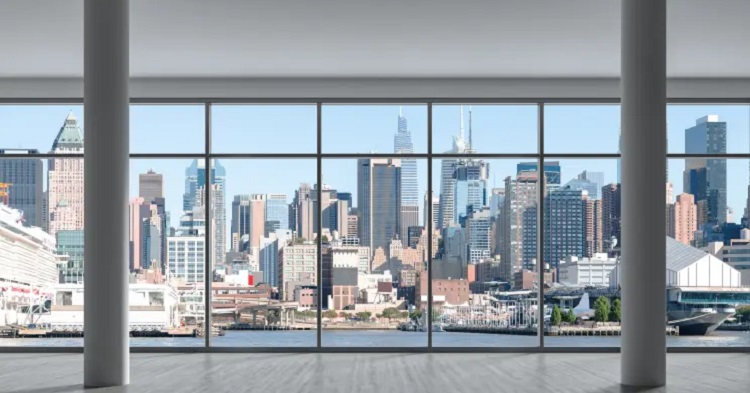In a stark reflection of post-pandemic workplace dynamics, Manhattan’s office spaces have hit an unprecedented level of vacancy, setting a new record according to recent data from Colliers, the renowned investment management company.
While memories of the peak era of remote work may seem distant, the reality on the ground is telling. The vacancy rate for offices in Manhattan soared to 18.1% in the first quarter of 2024, marking the highest figure ever recorded. This substantial increase, as reported by Crain’s, underscores a significant shift in the city’s commercial real estate landscape.
Comparing this current statistic to the pre-pandemic era in March 2020, when the vacancy rate stood at a mere 10%, reveals the magnitude of the change. The majority of this increase occurred between 2020 and 2022, indicating a sustained trend rather than a transient fluctuation.
Despite hopes for a swift recovery, the past 12 months have shown little improvement, with the vacancy rate climbing to 17.1% and then to 17.9% in the previous quarter. Moreover, this surge in availability has been accompanied by a slight decline in rent, dropping by 0.2% throughout February.

Franklin Wallach, Executive Managing Director at Colliers, remains cautiously optimistic but acknowledges the current imbalance between supply and demand. He stated, “We are still waiting for demand to catch up and surpass supply. It’s still the early innings of 2024, and there are both a fair number of large leases pending and a large number of tenants in the market. But we also anticipate some large blocks of space to be added.”
Downtown Manhattan bears the brunt of this trend, with the Financial District experiencing the most significant downturn in commercial real estate. Conversely, Midtown has managed to weather the storm relatively better. However, the critical determinant of leasing success lies not solely in geographical location but rather in the age and amenities of the office buildings. Newer, more modern Class A buildings are seeing a much higher rate of leasing activity.
While some may interpret these statistics as indicative of a permanent shift towards remote work, there remains a glimmer of hope for the traditional office setting. Colliers’ findings suggest that the rate of office vacancies, while substantial, has not accelerated to the extent witnessed during the peak of the COVID-19 crisis.
In conclusion, while Manhattan’s commercial real estate market grapples with record-high vacancy rates, there remains room for cautious optimism. The dynamics of office leasing are evolving, but the allure of the city’s iconic skyline and vibrant business environment still holds undeniable appeal for many.
